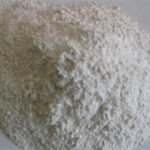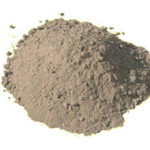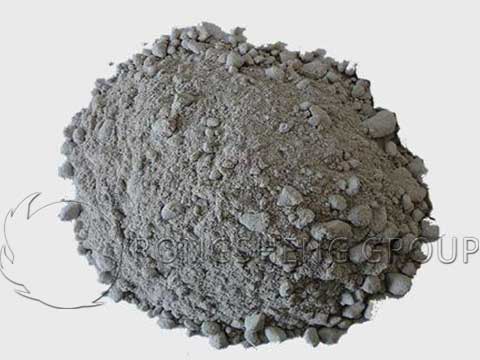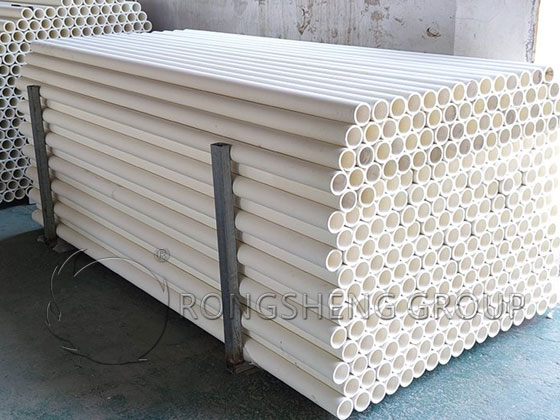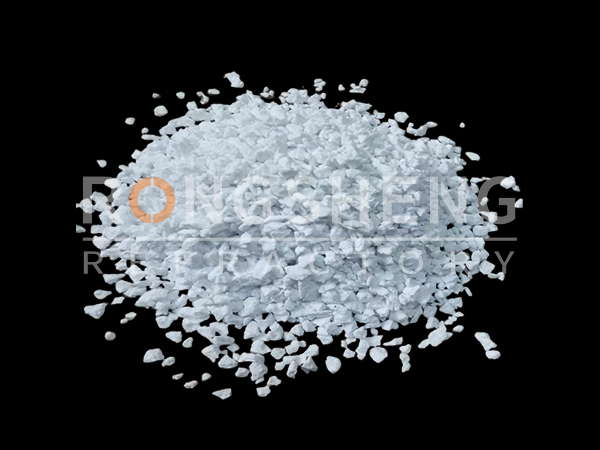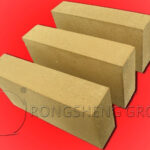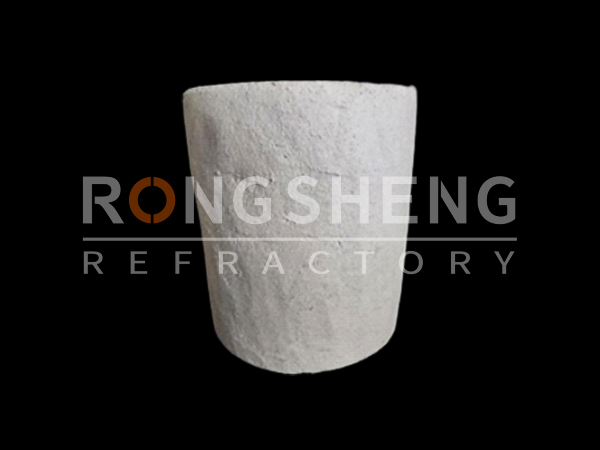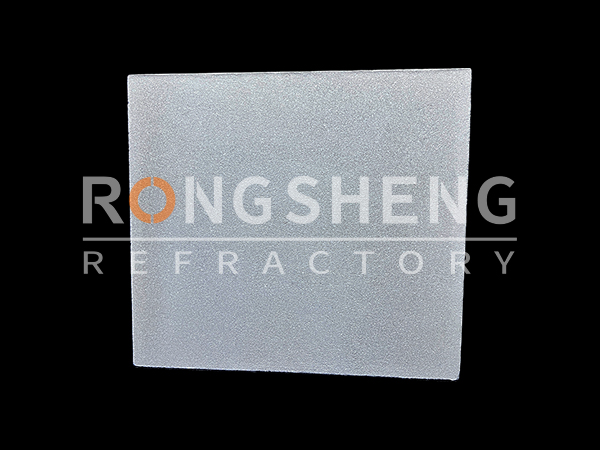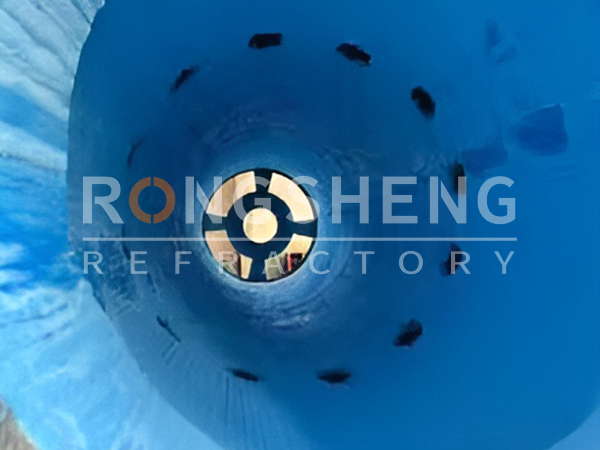Refractory Cement Description
Refractory cement and raw materials are hard, heat resistant materials that are suitable for applications that require high temperature strength, wear resistance, electrical or thermal insulation, or other specialized characteristics. High temperature cements are usually used to patch or line furnaces and bond bricks or joints in high temperature applications. Refractory cement’s refractoriness is no less than 1580℃.
Based on different ingredient, furnace cement can be divided into low calcium aluminate cement (main raw material is pure bauxite and limestone), dolomite refractory cement (main raw material is dolomite) and high temperature hardened refractory cement (cemented through chemical bonding).
- a. Aluminate refractory cement
Aluminate refractory cement usually consists of 4 part(by weight) of low calcium aluminate refractory cement clinker and 1 part of high alumina cement clinker and grinded into fine powder. Aluminate refractory cement has similar refractoriness and applications compared with low calcium aluminate cement, but has higher early stage strength.
- b. Low calcium aluminate refractory cement
Low calcium aluminate refractory cement is a kind of cement adopting premium bauxite and lime as raw material in a proper proportion, then sintered into clinker and grinded into fine powder. Low lime aluminate cement refractoriness is over 1650℃. Compared with high alumina cement, low lime aluminate refractory cement has higher alumina content and refractoriness, lower calcia content and early stage strength. Low calcium cement can mix with refractory aggregate (refractoriness higher than 1770℃) to make refractory concrete or refractory mortar which are used for constructing cement rotary kilns and other industrial kilns lining.
- c. Calcium magnesium aluminate cement
Calcium magnesium aluminate cement’s main raw material is high quality bauxite and dolomite. The production steps are: mixing -sintering-grinding-packing. Calcium magnesium aluminate cement has many advantages: higher slag erosion resistance and molten metal chemical erosion resistance, higher refractoriness at same alumina content, needs fewer mixing water, lower porosity after hardened, smaller sintering shrinkage, lower strength loss when heated to 1100℃. Concrete made by calcium magnesium aluminate cement and fused white corundum aggregate can be used for the lining of cement rotary kiln and other industrial kilns.
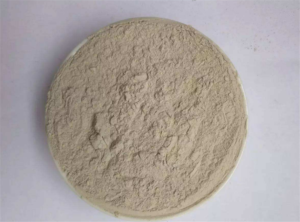
Refractory Cement Features
Refractory cement differs in chemical and physical properties due to different raw material components. Physicochemical properties include maximum use temperature, thermal conductivity, modulus of rupture, compressive strength, particle or aggregate size, density and shrinkage, whether the raw material is acidic, alkaline or neutral, whether suitable for corrosive environment or electrical application, fiber-reinforced or binder-free. Refractory features defines the applications of refractory cement.
Refractory Cement Applications
Refractory cements are used to patch or line furnaces and bond bricks or joints in high temperature applications such as ovens, fireplaces, kilns and furnaces. Based on different material features and properties, different refractory cement can be used in corresponding situations.
Castable products are poured into forms or cavities to fabricate refractory liners.
Coatings and sealants can be sprayed or brushed onto surfaces such as furnace walls.
Dry refractory is supplied as a dry powder that is applied and fired in place.
Granular fill, such as vermiculite, is loaded into a cavity to provide insulation and remains in a loose, un-bonded condition.
Gunning mixes are powdered products that are loaded with a gun into a form or onto a furnace wall to create an insulating layer.
Investment refractory cements and raw materials consist of a refractory powder with a plaster or phosphate binder.
Potting compounds and encapsulants are used to provide electrical insulation.
Wet rams are refractory cements with enough plasticity to allow the wet mix to be rammed or formed into place in a furnace or a form.
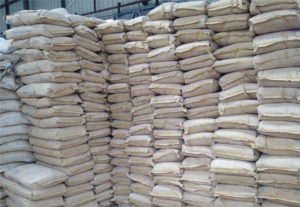
Refractory Cement Leading Manufacturer &Supplier-RS Kiln Refractory
RS kiln refractory has 3 refractory cement production lines which can produce more than 20 kinds of refractory cements. The annual output is more than 150,000 tons. RS whole series of refractory cement products won customers’ trust for their excellent performance, reasonable price and long term stability. Whatever your requirement is, RS team can give you the best solution.
RS refractory cement products includes: alumina cement, alumina-zirconia cement, aluminum silicate (or sillimanite) cement, calcium aluminate cement, calcium silicate cement, carbon or graphite cement, chromia (or chromite) cement, dolomite cement, kaolin or fire clay cement, magnesia (or magnesite) cement, magnesium silicate (or forsterite) cement, mullite cement, porcelain cement, silicon carbide cement, silica (or fused silica) cement, spinel cement, titania (or titanate) cement, yttria cement, zircon cement and zirconia cement.
